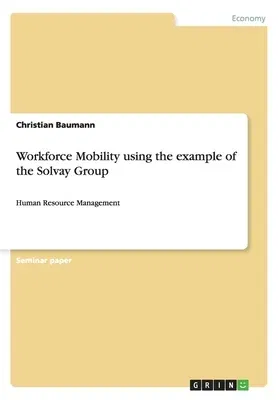Seminar paper from the year 2009 in the subject Leadership and Human
Resource Management - Miscellaneous, grade: 1,5, language: English,
abstract: Today's business world is in many ways different as it used to
be 40-60 years ago. One of such dissimilarity concerns the staff
turnover. Whereas in the 1950's, 60's and 70's many employees used to
work their entire life in only one or two companies the employment
culture changed drastically to this day in this regard. Nowadays
enterprises have to deal with (early) retirement issues form the so
called baby boomer generation and beyond this it is much more common to
change workplaces every few years too. Present figures underline that
the annual 2005/06 voluntary turnover rate for the US was circa 23.4%
which was an increase by 0.7% from the previous year. Although this high
value might be specific to the US, another survey identified this rate
for the UK in "old Europe" still to be 17.3% in 2007. These numbers are
especially for companies worrying because each job change also means a
loss of money. Including the direct costs (e.g. recruitment, selection
and training) as well as the indirect ones (e.g. loss of expertise,
increased workloads for colleagues plus morale effects on employees)
researchers estimate costs between 30% of yearly salary of entry-level
staff and up to 400% for high-level employees. Since the impact for
firms seems to be significant it has to be their goal to minimize the
potential turnover causes. Regarding the UK survey the key ones are
change of career (55%), promotion outside of organization (45%), level
of payment (41%) and lack of career opportunities (33%). The good thing
is that based on a US study the majority of asked business executives,
namely over 80% in 2008 against 41% in 2007, realized the top priority
of employee retention and its effect on the company overall performance.
One firm that was always not as strongly affected as others from high
staff turnover but still suffered f


